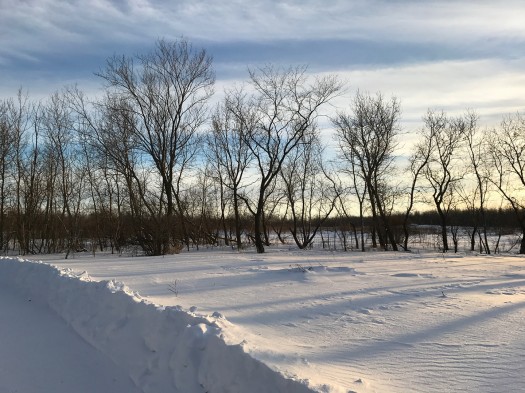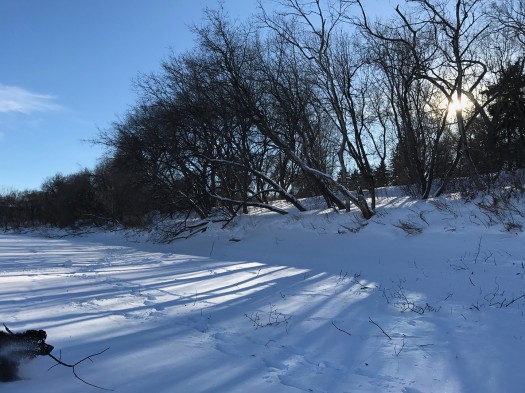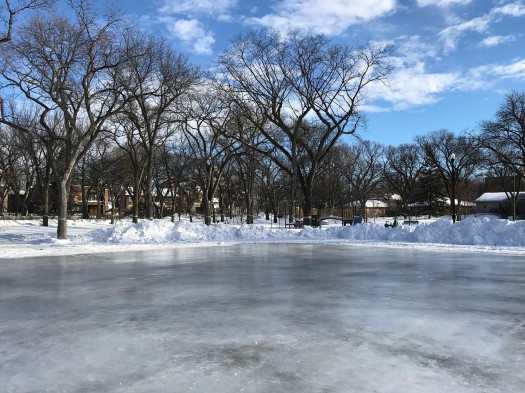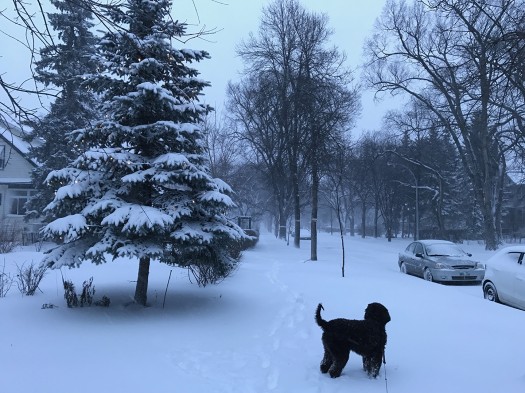A Placemaking Journal
Nature Cities: Wellness and public space
 The idea of rewilding started out as a movement to conserve, restore, and reconnect natural areas, and has expanded to how we reintegrate ancient practices into our modern lives. From a flat-footed squat to full emersion in nature to structured programs like ReWild Portland, the idea of letting go of some of our domestication to reconnect with nature is compelling. From a city planning perspective, the human rewilding ideas that interest me the most are the inspiration of cities, towns and villages that are making nature more accessible to our everyday habits. And the paybacks for those efforts. When nature is integrated into urbanism, wellness surges.
The idea of rewilding started out as a movement to conserve, restore, and reconnect natural areas, and has expanded to how we reintegrate ancient practices into our modern lives. From a flat-footed squat to full emersion in nature to structured programs like ReWild Portland, the idea of letting go of some of our domestication to reconnect with nature is compelling. From a city planning perspective, the human rewilding ideas that interest me the most are the inspiration of cities, towns and villages that are making nature more accessible to our everyday habits. And the paybacks for those efforts. When nature is integrated into urbanism, wellness surges.

Canada’s largest urban nature park is the 280 hectare Assiniboine Forest, in Winnipeg. It is part of the larger 450+ hectare Assiniboine Park.
“Within five minutes in the trees, our heart rate goes down and within 10 minutes our brain re-sets our attention span,” according to Dr. Nooshin Razani. This is increasingly important because of our connected, always-on habits. Our wired lifestyle offers up constant distractions – much of which didn’t exist a scant decade ago. So we have evolved few coping mechanisms to deal with the subsequent hormones: cortisol from stress and adrenaline from our fight-or-flight response to technologies’ constant jolts.
Nature does more than soothe, though. A walk in a park in comparison to beside a congested arterial road decreases the neural activity in the part of our brain that ruminates, “repetitive thought focused on negative aspects of the self, a known risk factor for mental illness.” Today half of earth’s people live in cities, which have been shown to increase mental illness and depression. Integrating nature into cities at every scale – the neighbourhood, district, and corridor – in ways that dare us to live outdoors has never been more essential to our wellbeing.

Winnipeg’s Red and Assiniboine Rivers connect into many neighbourhood scale parks, like here at Munson Park. Just downstream is the longest naturally frozen skating trail in the world.
We talk often here on PlaceShakers of the rural-to-urban spectrum of the transect, and how places change their character as they move from the wilderness to the urban core. Where wilderness conditions meet the urban core, the result is breathtaking. And that awe-inspiring moment encourages wellness. This happens when a city is at the edge of a river or mountain, or when large parks emulate an urban forest, like Central Park in New York.
However, smaller-scale parks have their own wellness building values. Just seeing nature out of a window is a “micro-restorative experience,” per psychologist Rachel Kaplan, giving us a psychological and physical boost. Not to mention getting drawn out for your lunchtime walk or to pop by as you literally run your errands.
Many of the places most successful at integrating nature into urbanism employ the transect to ensure streets stay compact, fronts of buildings keep to a coherent urban form, and a range of character-appropriate public space is enabled. While language and form change locally, greens, squares, and plazas are more urban in form with more composed landscapes and are smaller in size. These may offer most people a micro-restorative experience, while a full-on human rewilding or forest bathing experience may require making your way to your larger greenbelt or park, which are often 3 hectares or larger.
We’ve talked about what makes for a great public space and how well-connected green space integrated throughout our neighbourhoods can make parents relaxed enough to allow free range kids in playbourhoods to combat our growing nature deficit disorders. We’ve talked about the impacts of nature on our happiness thanks to urban form. We’ve discussed how to enable all this with changes to zoning laws to enable walkable, healthy, nature-rich places and looked at who’s getting it done at home.

Winnipeg is in the top three coldest big cities on earth, so we look to neighbourhood park interventions to draw us out in winter, like this ice rink at Peanut Park.
Nature and green spaces enhance our memory, concentration, mood, immunity, longevity, recovery rate, psychological well-being, self-reported general health, satisfaction, social interactions, and property values. An ongoing bevy of research quantifies just how much, with one of the notable compilation sites being the Healthy Parks Healthy People initiative.
But nature doesn’t have to be confined to parks to improve our lives. An extra 10 trees on your block delivers similar health benefits to a $10,000 raise or being seven years younger. The return on investment of one street tree is about 149x, garnering about $90,000 of direct benefits for $600 invested. That’s according to 22 Benefits of Urban Street Trees by Dan Burden. Particularly in winter cities, trees that are up to 6 blocks away reduce home energy consumption thanks to providing a wind break.
In my city of Winnipeg, Manitoba, we have one of the biggest urban forests of any North American city, with 8 million trees in the forest canopy. Downtown has 2,780 trees on boulevards and in parks, or about 440 square meters of green space in 24 squares, parks, plazas, and linear parks. Downtown alone, that makes the trees worth about $250 million, before taking into account health impacts.

Skinny streets, short blocks, and street trees shield from arctic blasts in Winnipeg’s active core.
And if we are talking health in winter cities, one of the benefits is the calorie-burning brown fat you’re likely to host, instead of the calorie-storing white fat. Winter cities residents are less likely to be purchasing cryotherapy sessions to lose weight – braving the elements properly attired for your afternoon walk will work just fine.
If you’re in Winnipeg next week, stop by the Winnipeg Art Gallery to join me to talk further about nature’s healing ways and the body electric. Or next month in Edmonton, at the Winter Cities Shakeup to talk walkable winter cities.
All images CreativeCommons ShareAlike License, with Attribution to Hazel Borys, 2017. Click for larger views.
If PlaceShakers is our soapbox, our Facebook page is where we step down, grab a drink and enjoy a little conversation. Looking for a heads-up on the latest community-building news and perspective from around the web? Click through and “Like” us and we’ll keep you in the loop.


